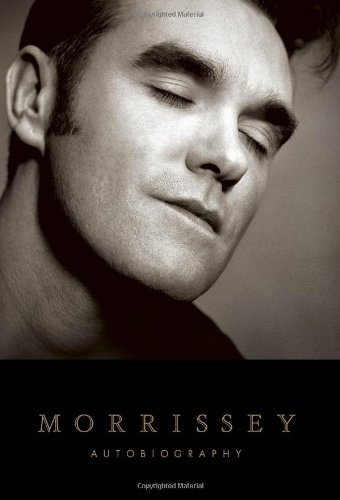
Simon Reynolds

In “Pretty Girls Make Graves,” off the Smiths’ 1983 self-titled debut album, Morrissey bemoans the advances of a voracious woman: “But she’s too rough, and I’m too delicate.” That’s how the world has tended to see the singer: the prince of mope rock, someone who speaks for life’s wilting wallflowers, the easily bruised and eternally unrequited. From his fey, sighing vocals, often spiraling up into a genderless falsetto, to lyrics that express the erotic ascetic yearnings of someone with “no understanding of himself as flesh,” most of Morrissey’s best songs fit this image of bookish, bedroom-cloistered sensitivity. 
The title promises the definitive lowdown. Between these covers, it implies, you will find everything you’ll ever need to know about the dynamics of collaboration, the craft of stage performance and studio recording, the nitty-gritty of the music industry. But you’ll also learn about how music affects us emotionally and what, ultimately, it is for. 
Rock’s accumulated past is accessible as never before due to the Internet’s vast and ever-growing archives. From the most mainstream star to the most obscure lost artist, many decades of music, video, and trivia are just a mouse click or scroll-wheel twirl away from our ears and eyes. It is precisely this unprecedented proximity and vividness of the past in the digital present that makes book-length cultural analysis more essential than ever. The emerging cloud is a messy mass of decontextualized sounds and visuals. Long-form music writing supplies a crucial element of distance and abstraction that cuts through the welter The title of disco scholar Tim Lawrence’s new book has taken on a more ominous overtone following the massacre at the nightclub Pulse in Orlando. Of course, the grim reaper alluded to in Life and Death on the New York Dance Floor, 1980–1983 is not a homophobic terrorist but a disease, AIDS, which scythed a deadly swath through the cast of characters in this absorbing history: performers and artists such as Klaus Nomi, Keith Haring, and Arthur Russell, to name only a few casualties. But Lawrence also means “life and death” in a less literal way: He identifies in club